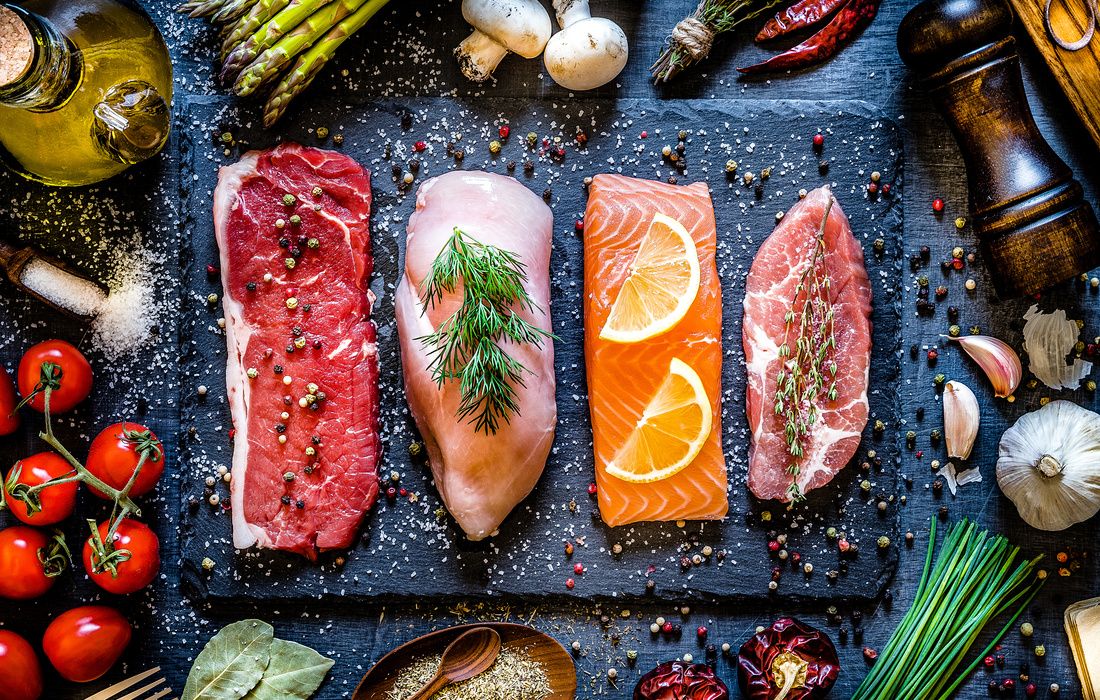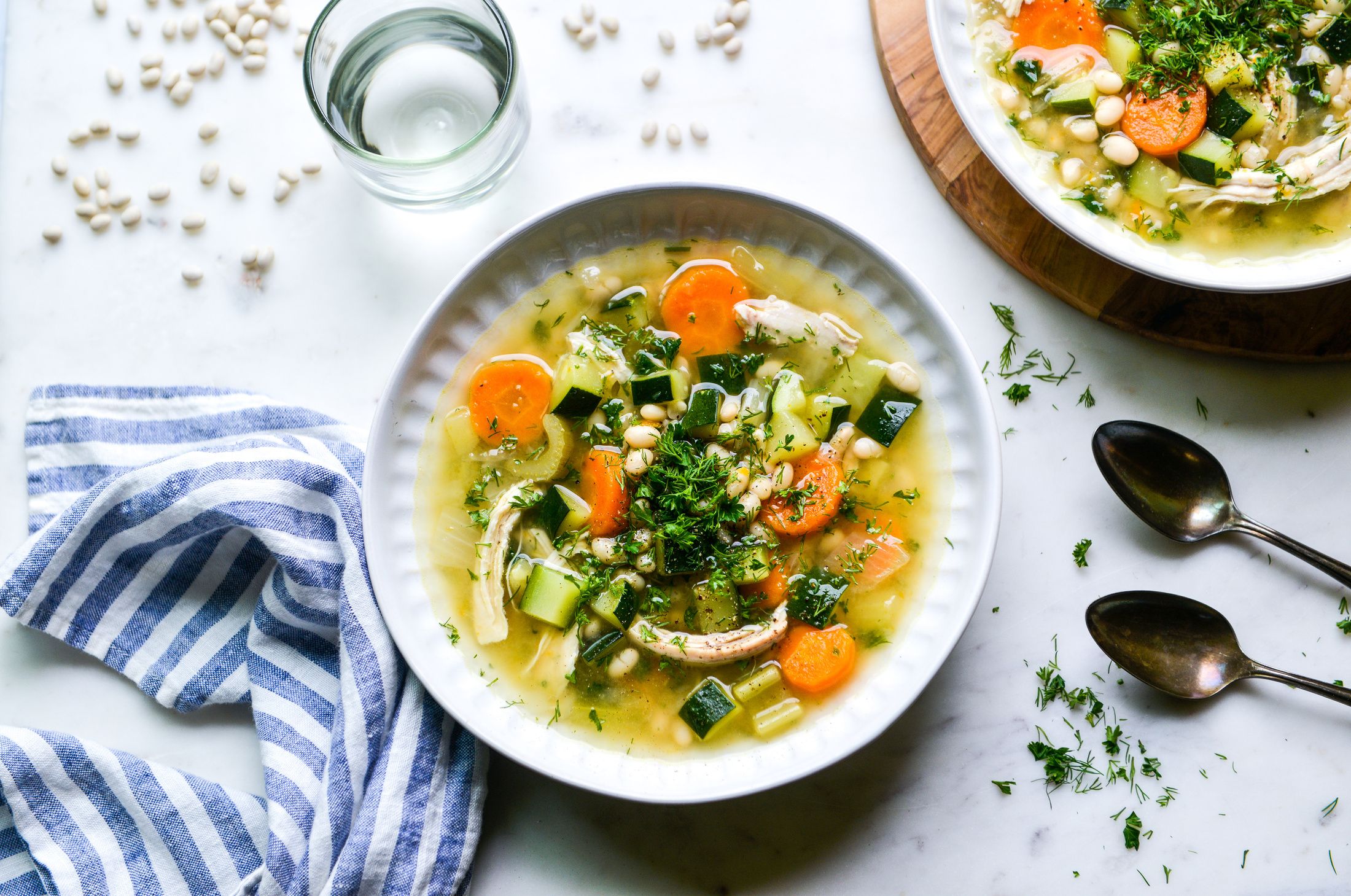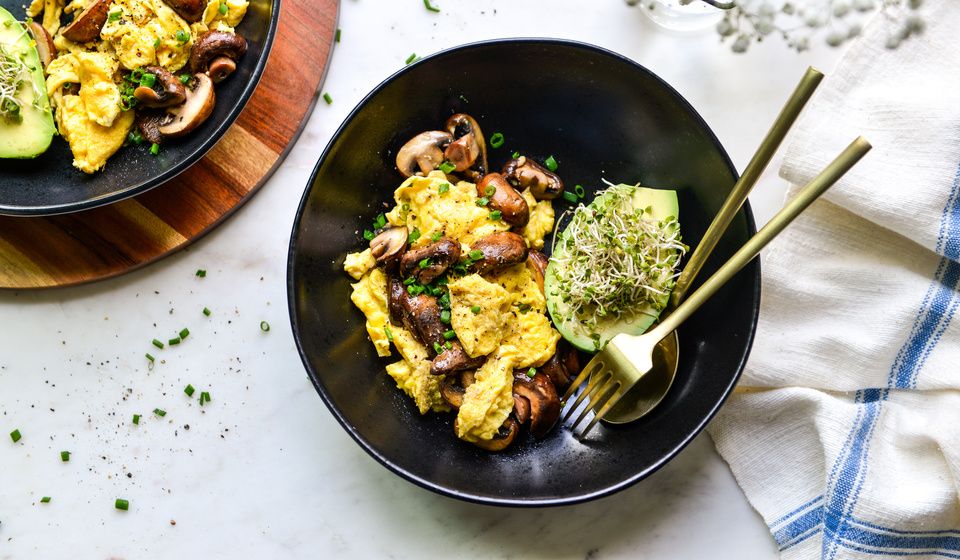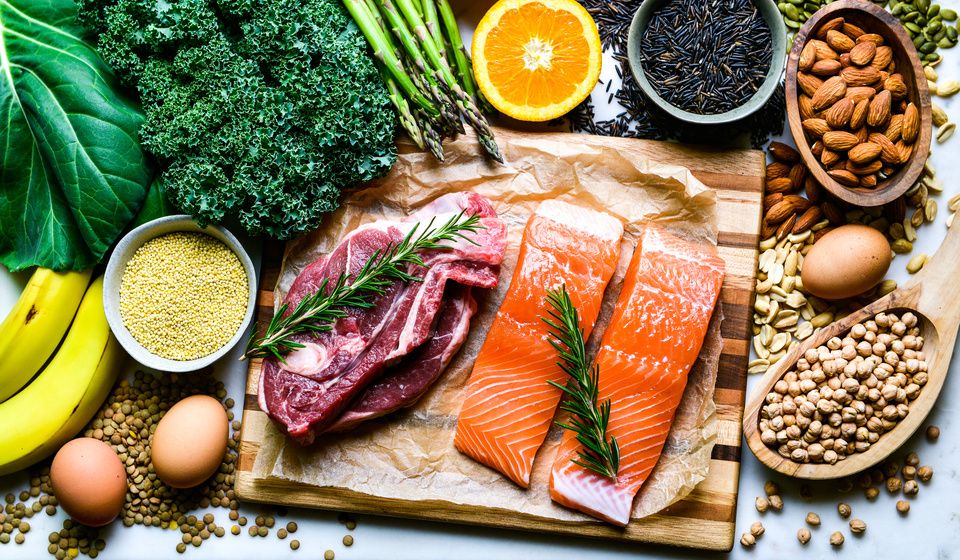The Power of Protein for Healing, Energy, and Longevity
Ali Segersten Sep 02, 2025
Protein is more than fuel for building muscle—it’s the foundation of nearly every healing and maintenance process in the body. Every cell contains protein, and nearly all enzymes and many hormones are made from it. Amino acids, the building blocks of protein, are essential for detoxification, waste removal, muscle repair, neurotransmitter production, and immune function. Without them, your body cannot properly regenerate or stay in balance.
When supported by a healthy gut and regulated nervous system, high-quality protein becomes one of the most powerful tools for restoring vitality. Adequate intake ensures your body has the raw materials to build immune cells, create neurotransmitters, and support energy metabolism.
How Protein Fuels Healing
- Detoxification: Amino acids like glycine, cysteine, and glutamine combine to form glutathione—the body’s master antioxidant. This process neutralizes toxins and makes them water-soluble so they can be excreted.
- Immune Function: Antibodies and immune cells are protein-based, meaning your defense system relies on consistent protein intake.
- Energy & ATP Production: Amino acids support mitochondrial energy production in several ways—from providing building blocks for carnitine (which shuttles fats into mitochondria for β-oxidation), to supplying krebs cycle intermediates (via glutamine, alanine, and aspartate), to helping regenerate ATP through creatine synthesis. Without adequate amino acids, mitochondria can’t produce energy efficiently.
- Fat Burning: Carnitine—made from lysine and methionine—is essential for transporting long-chain fatty acids into mitochondria for β-oxidation. Without sufficient carnitine, fat cannot be burned efficiently for fuel, especially during fasting or exercise.
- Mood & Cognition: Serotonin, dopamine, and GABA are all amino acid–derived. When protein is lacking, mood, focus, and sleep often suffer.
- Repair & Growth: Proteins rebuild tissues and organs, keeping you resilient and adaptable to life’s stressors.
Stress, Digestion, and Protein Deficiency
Here’s the piece most people overlook: Eating protein doesn’t guarantee you’re absorbing it. Stress, trauma, aging, and nutrient deficiencies can all impair your ability to break protein down into amino acids.
- Low Stomach Acid: Stomach acid is essential to denature protein and activate pepsin, the enzyme that starts digestion. Chronic stress and unresolved trauma suppress acid production by disrupting vagal tone, while low ATP reduces the energy needed to produce acid—creating a vicious cycle.
- Aging: Stomach acid naturally declines with age, making it harder to digest protein-rich foods and contributing to muscle loss, fatigue, and increased need for supplementation.
- Nutrient Deficiencies: Cofactors like zinc, magnesium, and B vitamins are necessary for stomach acid production. As we discussed in Gift #8, without these, protein absorption falters.
- Gut Enzyme Damage: Inflammation, infections, or intestinal injury can impair brush-border enzymes that break down peptides into amino acids, reducing absorption even further.
The result? Even if you’re eating “enough” protein, your body may still act protein-deficient when digestion is compromised.
When You Need More Protein
Protein needs aren’t static, they rise during times of growth, healing, and stress.
- Children: 1.2 to 1.6 g/kg/day for steady growth, immune strength, and brain development.
- Teenagers: 1.5 to 2.0 g/kg/day; athletes may need more to fuel rapid growth and hormone changes.
- Pregnancy & Breastfeeding: 1.6 to 2.0 g/kg/day to support fetal growth, placenta, and milk production.
- Illness, Injury, or Cancer: 1.6 to 2.2 g/kg/day or higher, with amino acid supplements often helpful for preserving lean mass.
- Older Adults (65+): 1.6 to 2.0 g/kg/day to counteract sarcopenia and support immunity.
Protein needs climb anytime the body is growing, repairing, or under stress.
Quick Protein Formula
Step 1: Weight in pounds ÷ 2.2 = weight in kg
Step 2: Multiply kg by 1.2 to 2.0 (or up to 2.4 if healing, aging, or athletic)
Example:
150 lbs ÷ 2.2 = 68 kg
68 × 1.6 = ~109 g protein/day
Quality Over Quantity
Not all protein sources are equal in their amino acid profiles or digestibility. Quality and diversity matter just as much as total intake.
- Animal Proteins: Meat, poultry, fish, eggs, and dairy contain all essential amino acids in highly bioavailable forms, making them an efficient and reliable way to meet your body’s protein needs.
- Plant Proteins: Beans, lentils, quinoa, nuts, and seeds are nourishing but often low in one or more essential amino acids. Combining different sources throughout the day can help, but some people still struggle to meet their needs this way, while others thrive on carefully planned plant-based diets.
The key is to pay attention to both what you eat and how your body responds.
Signs You May Be Low in Protein
- Fatigue, brain fog, or poor recovery after exercise
- Constant cravings or unstable blood sugar
- Thinning hair, brittle nails, or skin changes
- Frequent illness or slow wound healing
- Anxiety, low mood, or sleep disturbances
- Muscle loss or lack of tone with aging
- Trouble concentrating or remembering details
These are your body’s signals, nudging you toward deeper nourishment.

Put Protein Into Practice
Your body can only use so much protein at once, so it’s best to spread it throughout the day—eggs in the morning, beans or chicken at lunch, a handful of seeds for a snack, and salmon or grass-fed meat at dinner. Even distribution steadies blood sugar, curbs cravings, and supports repair around the clock.
Aim for 25 to 35 grams of protein at each meal to support healing and tissue repair, stabilize blood sugar, preserve lean muscle, and sustain steady energy and focus. Think of this as a gentle guidepost, not a strict rule. Your body’s feedback through energy, satiety, and recovery is the best measure.
To make it simple, I’ve created a beautiful Protein Guide: Daily Needs, Food Sources, and Planning Tips you can download today. This guide expands on Gift #9: Nourish with High-Quality Protein and gives you a quick-reference chart of protein sources and amino acid highlights.
And if you’re ready to take the next step, the Nourishing Meals® Meal Planner makes it easy to build balanced, protein-rich menus each week. With just a few clicks, you can plan meals, generate grocery lists, and ensure your body has the amino acids it needs to repair, detoxify, and thrive.

About the Author
Alissa Segersten, MS, CN
Alissa Segersten, MS, CN, is the founder of Nourishing Meals®, an online meal-planning membership with over 1,800 nourishing recipes and tools to support dietary change and better health. As a functional nutritionist, professional recipe developer, and author of The Whole Life Nutrition Cookbook, Nourishing Meals, and co-author of The Elimination Diet, she helps people overcome health challenges through food. A mother of five, Alissa understands the importance of creating nutrient-dense meals for the whole family. Rooted in science and deep nourishment, her work makes healthy eating accessible, empowering thousands to transform their well-being through food.Nourishing Meals Newsletter
Email updates.






Add Comment